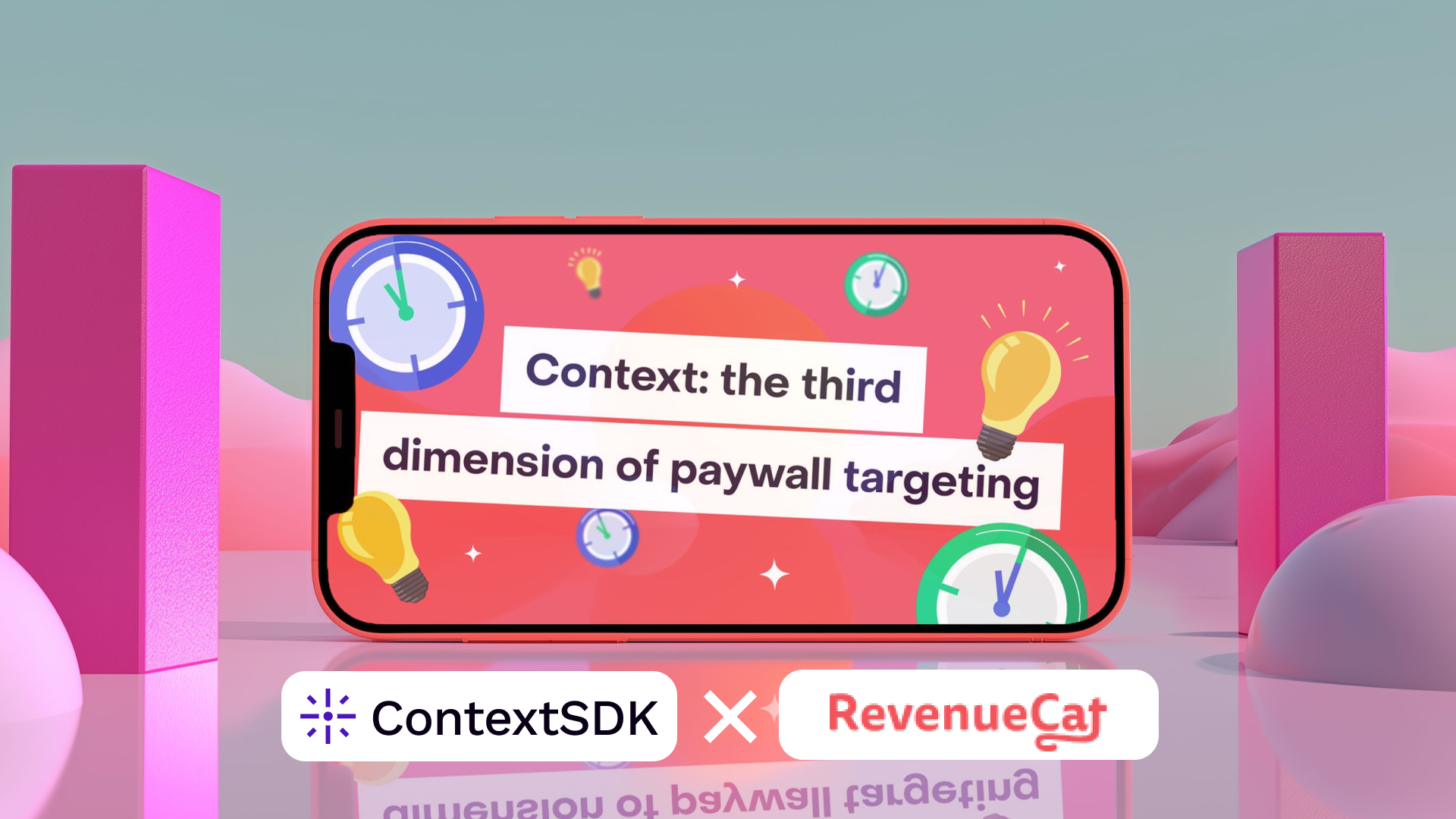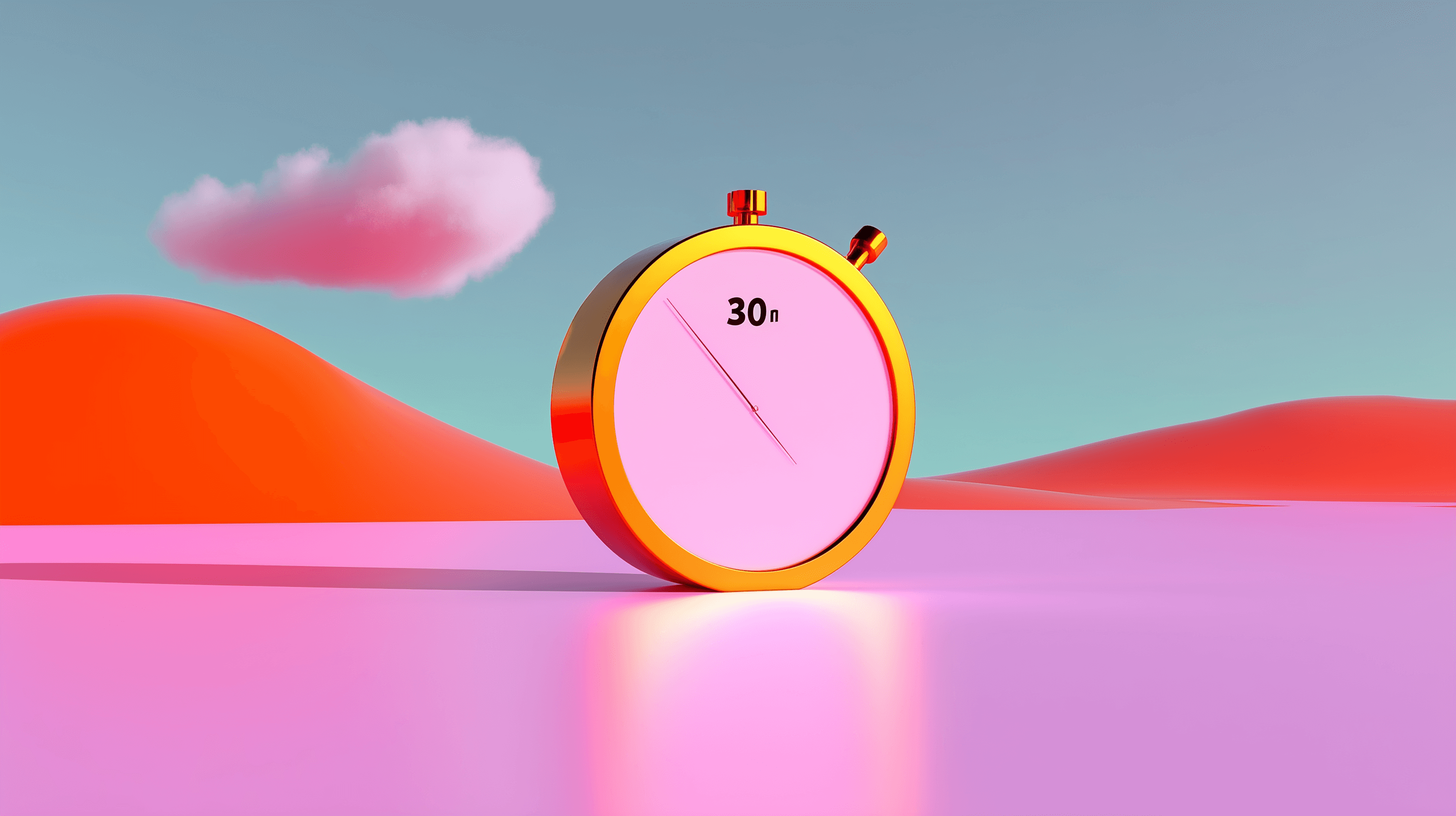The App Stickiness Index and Why It Matters for User Retention


Introduction
Every app owner knows retention is hard. But not every app needs to become a daily habit. Some thrive on frequent check-ins (social, gaming), while others succeed through meaningful but less frequent use (finance, travel, lifestyle). That’s where the concept of stickiness comes in.
Stickiness is different from retention. Retention looks at whether users come back over time. Stickiness measures how naturally and how often people return in the first place. A finance app doesn’t need three opens a day to be valuable. A game without daily sessions, however, risks fading fast.
What the Stickiness Index Tells Us
The App Stickiness Index ranks categories by how often people return. Social and gaming apps tend to top the chart because they combine habit, emotion, and community. Functional apps like food delivery or lifestyle show shorter bursts of engagement but often drop off once the task is done.
It’s not good or bad to score high or low—it’s about understanding how your app fits into people’s lives. A banking app shouldn’t aim for puzzle-game levels of stickiness. Instead, it should aim to deliver reliable value in fewer but more meaningful moments.
Gaming apps are especially interesting. Some genres (RPG, card, strategy) keep users for the long haul thanks to progression and competition. Others (puzzle, arcade) see shorter engagement cycles. It shows that even within a single vertical, stickiness patterns vary widely.
Why Context Matters More Than Just the Index
The index is a great way to compare categories—but it doesn’t explain why a user is or isn’t sticky. Context does.
Is your user opening your app during a relaxed moment at home, or while rushing through a commute? That difference often determines whether they engage deeply or just “snack” for a few seconds.
This is where ContextSDK changes the game. By detecting a user’s real-world context—whether they’re stationary, walking, in bed, or in transit—we help apps align engagement to the right moment.
- For apps with naturally low stickiness (like travel or lifestyle), context-aware timing can dramatically improve re-engagement by nudging users when they’re actually ready to act.
- For habit-driven apps (like social or gaming), context signals can maximize stickiness by surfacing content when users are most likely to settle in for a longer session.
Turning Insight Into Action
Imagine you’re building a dating app. You already know stickiness is high at night, often when users are in bed. With ContextSDK, you don’t have to guess—you can time flows, prompts, and push notifications to those moments automatically.
Or think about fintech. People might not log in daily, but when they do, they’re usually stationary and focused. ContextDecision can adapt onboarding and key flows to those longer, more attentive sessions—while ContextPush can bring them back at the right time without spamming them during busy moments.
Beyond Stickiness: Toward Real Retention
Stickiness shows how often people return. Retention shows whether they stay for the long run. Context helps you move the needle on both. By aligning engagement with real-world user moments, apps can boost immediate stickiness and translate it into lasting retention.
The bottom line: the stickiest apps aren’t just the ones people need or love—they’re the ones that respect when and how people want to engage. With ContextSDK, you don’t just measure stickiness—you influence it.






